Understanding Common IP Ratings for Consumer Electronics
In today’s tech-savvy world, our devices are more than just gadgets; they are integral to our daily lives. From smartphones and tablets to smartwatches and laptops, these devices are exposed to a variety of environments and conditions. This is where Ingress Protection (IP) ratings come into play. But what exactly are these ratings, and why should you care about them when choosing consumer electronics? Let’s dive into the common IP ratings for consumer electronics and see what they mean for your devices.
What Are IP Ratings?
IP ratings, or Ingress Protection ratings, are a standard used to classify the degree of protection provided by an enclosure against the intrusion of solid objects (like dust) and liquids (like water). The ratings are defined by the IEC (International Electrotechnical Commission) standard 60529. An IP rating is typically expressed as “IP” followed by two digits. Each digit represents a different level of protection.
Common IP Ratings for Consumer Electronics
IP54: Dust Protected and Water Resistant
Protection Level: The first digit (5) indicates that the device is dust protected. It’s not completely dust-tight, but it offers a good level of protection against dust ingress. The second digit (4) shows that the device is protected against water splashes from all directions.
Real-World Example: Many mid-range smartphones and rugged outdoor cameras feature an IP54 rating. These devices can handle occasional dust exposure and water splashes, making them suitable for everyday use in various environments.
IP65: Dust Tight and Water Resistant
Protection Level: An IP65 rating means the device is completely dust-tight (6) and can withstand water jets from any direction (5). This rating provides a higher level of protection compared to IP54.
Real-World Example: Outdoor security cameras and some professional-grade equipment are often rated IP65. These devices are designed to function well in dusty and wet conditions, ensuring durability in challenging environments.
IP67: Dust Tight and Water Immersion Proof
Protection Level: With an IP67 rating, a device is both dust-tight and can withstand being submerged in water up to 1 meter for up to 30 minutes. This rating offers excellent protection against both dust and water ingress.
Real-World Example: Many high-end smartphones, such as flagship models from major brands, are rated IP67. This allows them to be used in a wide range of conditions, including accidental drops in water.
IP68: Dust Tight and Long-Term Water Immersion Proof
Protection Level: IP68 is similar to IP67 but with the added ability to withstand long-term immersion in water beyond 1 meter. This rating indicates that the device can be submerged for extended periods without suffering damage.
Real-World Example: Premium smartphones and advanced wearables, such as some smartwatches, are often rated IP68. This rating is ideal for devices used in water sports or underwater photography.
Practical Tips for Choosing Electronics with the Right IP Rating
Assess Your Needs: Consider the environment in which you’ll be using your device. If you frequently use your phone outdoors or near water, a higher IP rating like IP67 or IP68 might be worth the investment.
Check the Manufacturer’s Specifications: Always refer to the manufacturer’s specifications to confirm the IP rating of a device. Ratings can vary between models and manufacturers.
Understand the Limitations: No device is completely impervious to damage. Even with high IP ratings, avoid exposing your electronics to extreme conditions unnecessarily.
Understanding IP ratings helps you choose consumer electronics that fit your lifestyle and usage conditions. Whether you need a dust-resistant device for your workspace or a water-proof gadget for outdoor adventures, knowing these ratings can guide you in making informed decisions.


